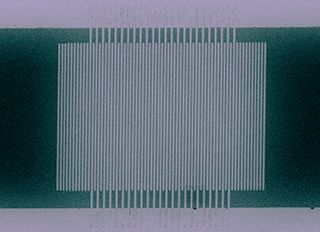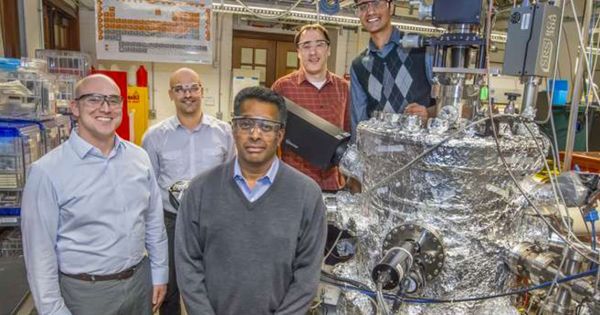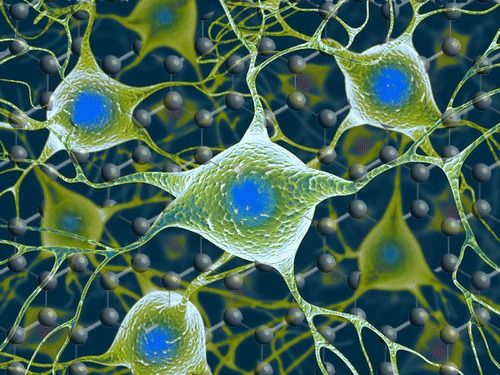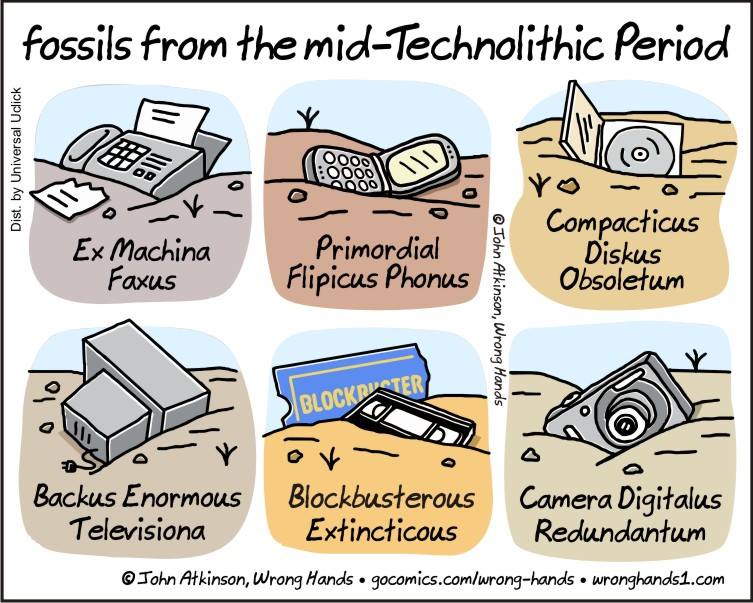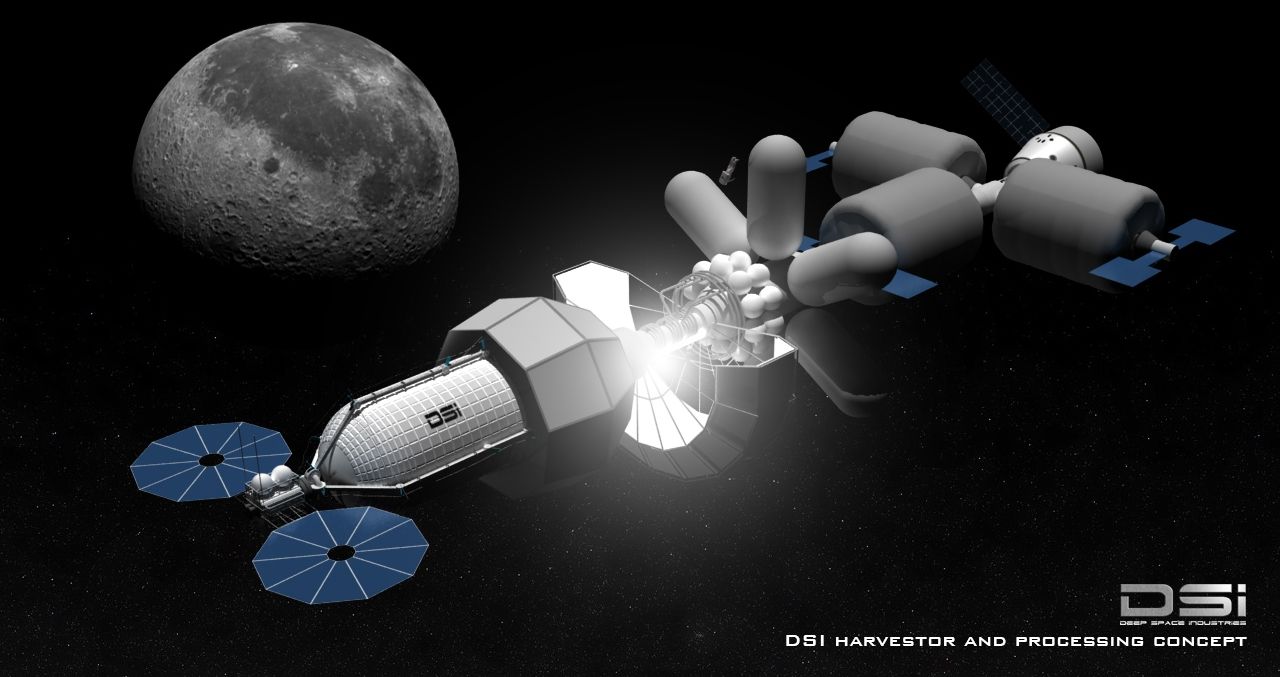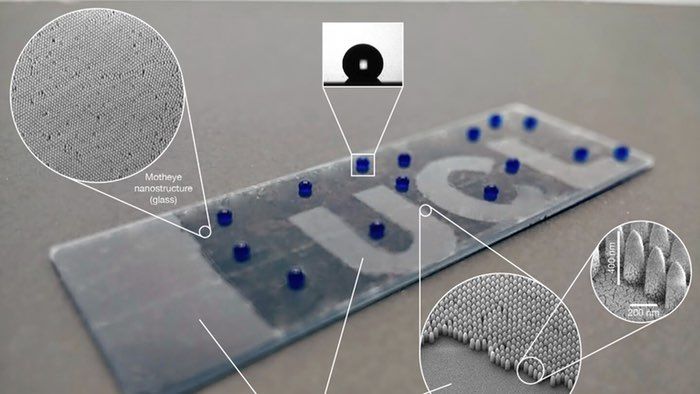Feb 1, 2016
Less jitter, more bits: new material for detecting photons captures more quantum information
Posted by Karen Hurst in categories: materials, nanotechnology, particle physics, quantum physics
Transport Quantum bits via superconducting nanowires. Definite step forward in information transmittal capabilities.
Although 74 picoseconds may not sound like much — a picosecond is a trillionth of a second — it is a big deal in the quantum world, where light particles, or photons, can carry valuable information. In this case it means that much less “jitter,” or uncertainty in the arrival time of a photon. Less jitter means that photons can be spaced more closely together but still be correctly detected. This enables communications at a higher bit rate, with more information transmitted in the same period.
Every little bit helps when trying to receive faint signals reliably. It helped, for example, in NIST’s recent quantum teleportation record and difficult tests of physics theories. In such experiments, researchers want to decode as much information as possible from the quantum properties of billions of photons, or determine if “entangled” photons have properties that are linked before — or only after — being measured.
